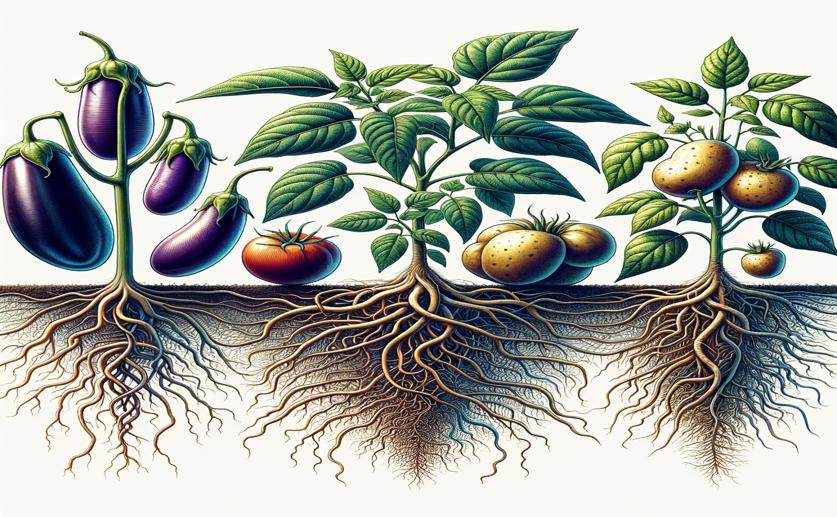
Family Ties: How Plants in the Nightshade Family Talk Through Their Roots
Greg Howard
29th July, 2024

Image Source: Natural Science News, 2024
Key Findings
- The study, conducted by Ben-Gurion University of the Negev and Utah State University, examined how root interactions among Solanaceae plants vary with genetic relatedness
- Plants with less genetic similarity (low degree of relatedness) showed more vigorous root growth and respiration when paired together
- Root exudates of plants with low genetic relatedness had lower levels of total organic carbon and protein compared to those with high genetic relatedness
References
Main Study
1) Family ties: root-root communication within Solanaceae.
Published 26th July, 2024
https://doi.org/10.1016/j.plantsci.2024.112203
Related Studies
2) Root and shoot competition lead to contrasting competitive outcomes under water stress: A systematic review and meta-analysis.
3) Plant neighbour identity matters to belowground interactions under controlled conditions.
4) Root-root interactions: extending our perspective to be more inclusive of the range of theories in ecology and agriculture using in-vivo analyses.



 26th July, 2024 | Jim Crocker
26th July, 2024 | Jim Crocker